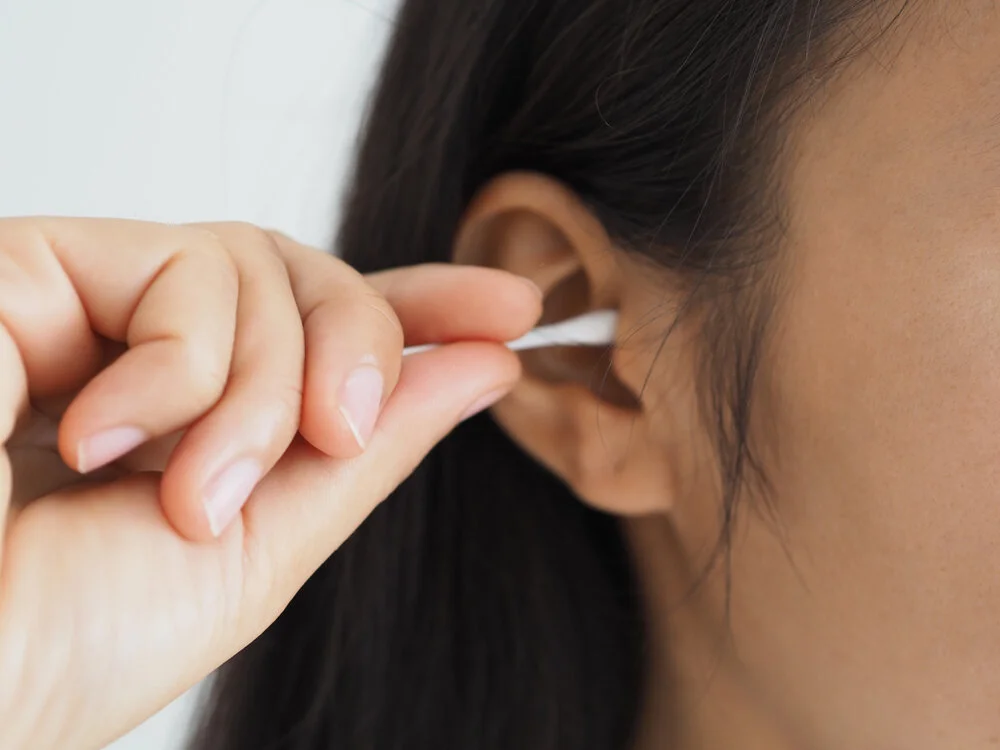Know the Risk of Cotton Swabbing & Other Ways to Remove Earwax
Earwax keeps our ear canal clean. Although excessive, difficult or obstructive ear wax can be problem-oriented, most Earwax (cerumen) is useful. The ear has a standard protective layer for the delicate skin of the ear canal. The ear wax coating removes water and helps to prevent ear infections. In addition to maintaining dust, dirt and waste away from eardrum, earwax offers some antibacterial and lubricating benefits. In general, the ears clean themselves. Chewing, speaking and so on, moves the jaw helps and keeps earwax out of ears. When digging into your ear with a Q tip, we at OKOA would really like to keep exploring the use of cotton swabs on your ears. You can get in touch with an ear doctor in OKC to get rid of the earwax problem.
The more often the ears are rubbed the more histamine you release, irritating and inflaming the skin. The ear also gets drier as the wax acts as a natural lubricant, and you are likely to get comfort by further swabbing. However, there can be certain risk of cotton swabbing you should be aware of.
Cotton Swabs Hazards in Ears
As it seems a nice idea at first, individuals use Q-tips to clean the wax. The external third to half of the ear canal produce cerumen or earwax, which is designed to moisturize the skin and stop foreign bodies from entering the ear canal deeper. The hair and natural development of canal skin are normal for cerumen to drain out of the ear very slowly. During the cotton swabbing activity of the ears, a part of the wax can be removed but the majority of the wax is often pushed deeper into the ear channel and cannot be removed totally.
The effect of pressing the wax to the tympanic membrane or eardrum can affect the hearing, result in pain and difficulty enhancing the risk of ear infections. In the self-created wax dams, water can also be trapped to make the ears unpleasant. Scratches are very sensitive and can readily penetrate it with a Q-tip. If the puncture is sufficiently deep, you may click down on the small hearing bones below. These bones connected to the eardrum, which are the smallest in the body, can trigger issues in the hearing and equilibrium.
What to Use Instead of Q Tips
If some individuals make excess earwax, or they think they need to be washed, apply the measures below to clean your ear canal thoroughly. Please remember that these steps should be used only if there are no pipes or holes in the eardrum.
Ear wax softening. Use the eye goblet to apply several drops of mineral oil, baby oil, glycerin or hydrogen peroxide twice a day for up to four to five days per year.
Put warm water in ears. At the time the wax is softened, in a syringe made up of rubber-bulb with warm water after a day or two into the ear canal. Pull your outer ear up by tilting your head your ear canal will be straightened. Tap your head to the side so that after you have completed irrigating the water drains out.
Dry up the canal. Dab your inner ear softly to dry it off with a towel.
Bear in mind that the wax softening and irrigation operation may be repeated several times prior to clearing the surplus earwax. The softening can also lead to wax falling and to the ear canal or ear drum being hung deeper. See a physician if the symptoms do not improve. The earwax removing kits available in shops also include other techniques. Call OKOA for ear doctors in OKC to get help if you think there is a compaction of ear wax or fear of any potential damage.
**Disclaimer: The information on this page is not intended to be a doctor's advice, nor does it create any form of patient-doctor relationship.

